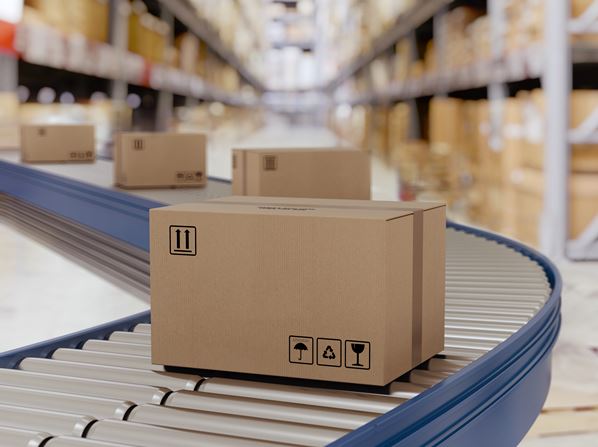
eCommerce has broken down barriers when it comes to consumerism and largely moved the vendor-buyer transaction to a faceless digital one.
Despite this, customer experience remains key, with one Ipsos survey reporting that a huge 85% of online shoppers would not return to an ecommerce vendor who had provided poor service. There are three main arms to providing excellent customer service in the ecommerce sphere, and the most crucial of these is, undoubtedly, the speed and accuracy of delivery, which starts in the warehouse.
Defeating inconsistency
According to a profile by Forbes of the most important factors in retaining customers, an inconsistent experience is absolutely lethal for the growth of a business and their ability to retain customers. Delivery of goods or service should be as quick as possible, but, at the very least, it needs to be consistent. That sort of service can only be created with a high-volume and consistent factory operation. Using warehouse providers that can provide an absolute quality of service, to mutually agreed standards, and which will be subject to only infrequent disruption, is crucial. There are situations where service standards drop – it’s a given in any industry – but those drops being only infrequent is crucial. This also ties into another pillar of good quality customer service – communication. Using CRM systems to communicate with customers across a range of different mediums, at a pace that they are comfortable with, is the key.
Modern day communication
Good quality customer communication requires first a range of different contact methods. Customers should be able to contact the supplier online, via digital chats; via phone; via email; and then on social media, too. Every relevant route of contact should be explored and deployed to help customers find a way to improve their own experience. Even more crucial, according to The Motley Fool, is the use of customer data analysis. This will help you to establish the voice of customers and identify patterns of communication to help get the best out of them while ensuring they don’t feel pestered.
Training, and training again
The quick and easy way that ecommerce operates can make it tempting to treat staff upskilling and training with the same casual attitude. The breaking down of barriers and systems that are now mostly digital means that it can be easy to put customer service training to the wayside, too. Training, however, has never been more important, especially with the rapidly changing face of service delivery and the shifting needs of the customer. Staff and partners need to be fully trained and onboarded with the priorities and processes of the company – this will help to train in good habits and ensure compliance with business communication and service delivery principles.
Ecommerce does not mean a disconnect from the customer. To the contrary, it’s simply a streamlined way of doing business that provides more time for the business to improve the customer experience. Ensuring that principle is met will help businesses to grow in the digital sphere.




